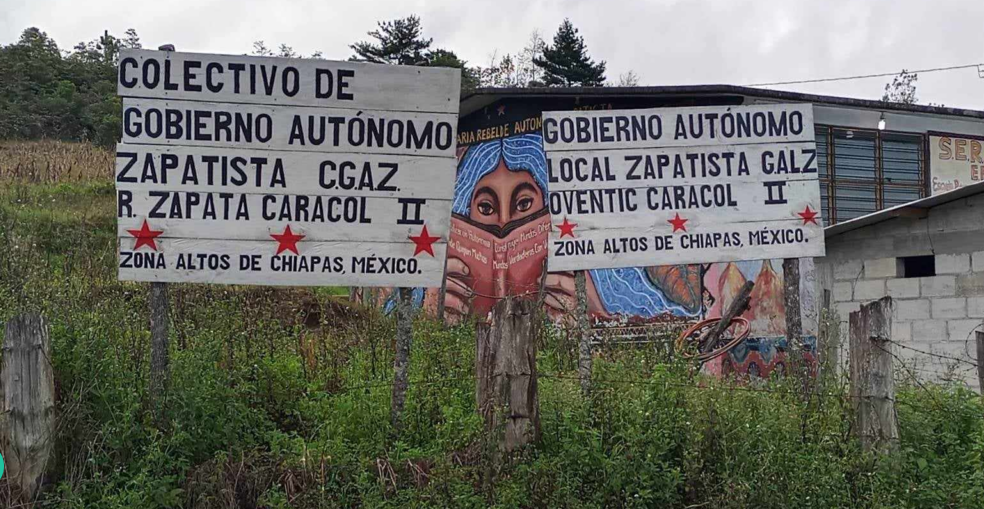
November 17, 1983
The EZLN was created in Chiapas by survivors of the National Liberation Forces (FLN), a guerrilla organization inspired by the Cuban Revolution that was founded on August 6th, 1969 in Monterrey, Nuevo León, which had operations in Veracruz, Puebla, Tabasco and Chiapas, and was practically exterminated by the federal army in February 1974.
Agrarian fighters and leaders of the indigenous movement of the Lacandon Jungle joined the new organization. Thus, the EZLN was born as a popular army linked to the indigenous communities, who suffered both harassment from the white guards of the landowners, as well as systematic aggression from the military and police. Its leadership, the Clandestine Revolutionary Indigenous Committee (CCRI), is made up of political leaders from the peoples. The commanders are those who command in common, those who “command by obeying the peoples.” Hence Marcos, who would become the best-known member of the EZLN, would have the rank of “Subcommander.”
The EZLN would organize “Zapatista support bases,” that is, communities and indigenous civilian groups that accept its insurgent revolutionary project. Marco Estrada Saavedra writes (The Zapatista Uprising of 1994): “Five forms of cooperation between the indigenous Zapatista peasants and the EZLN must be highlighted:
1) Safeguarding the clandestinity of the insurgents.
2) Recruiting new combatants.
3) Guaranteeing provisions to support the guerrillas.
4) Participating in protest mobilizations.
5) Carrying out collective work on infrastructure and (inter) community services.”
These functions… strengthen the ties of (inter) community solidarity, increase social integration and strengthen a “Zapatista identity.”
In 1993, facing the Salinas reforms to Article 27 of the Constitution, which eliminated the ejido and the entry into force of the Free Trade Agreement with the United States and Canada, which handed over natural resources to foreign capital, the peoples that supported the EZLN decided to go to war because they foresaw a future of greater government repression and the extermination of indigenous communities.
During this same year, there were some accidental clashes between the rebels and federal soldiers in the Chiapas Highlands, which were reported on in due time by the magazine Proceso, but the government did not give due importance to these events, which allowed the surprise attack that the EZLN carried out on the night of December 31st, 1993 and the early morning of January 1st, 1994.
Original article by Doralicia Carmona, Memoria Política de México.
Translated by Schools for Chiapas.